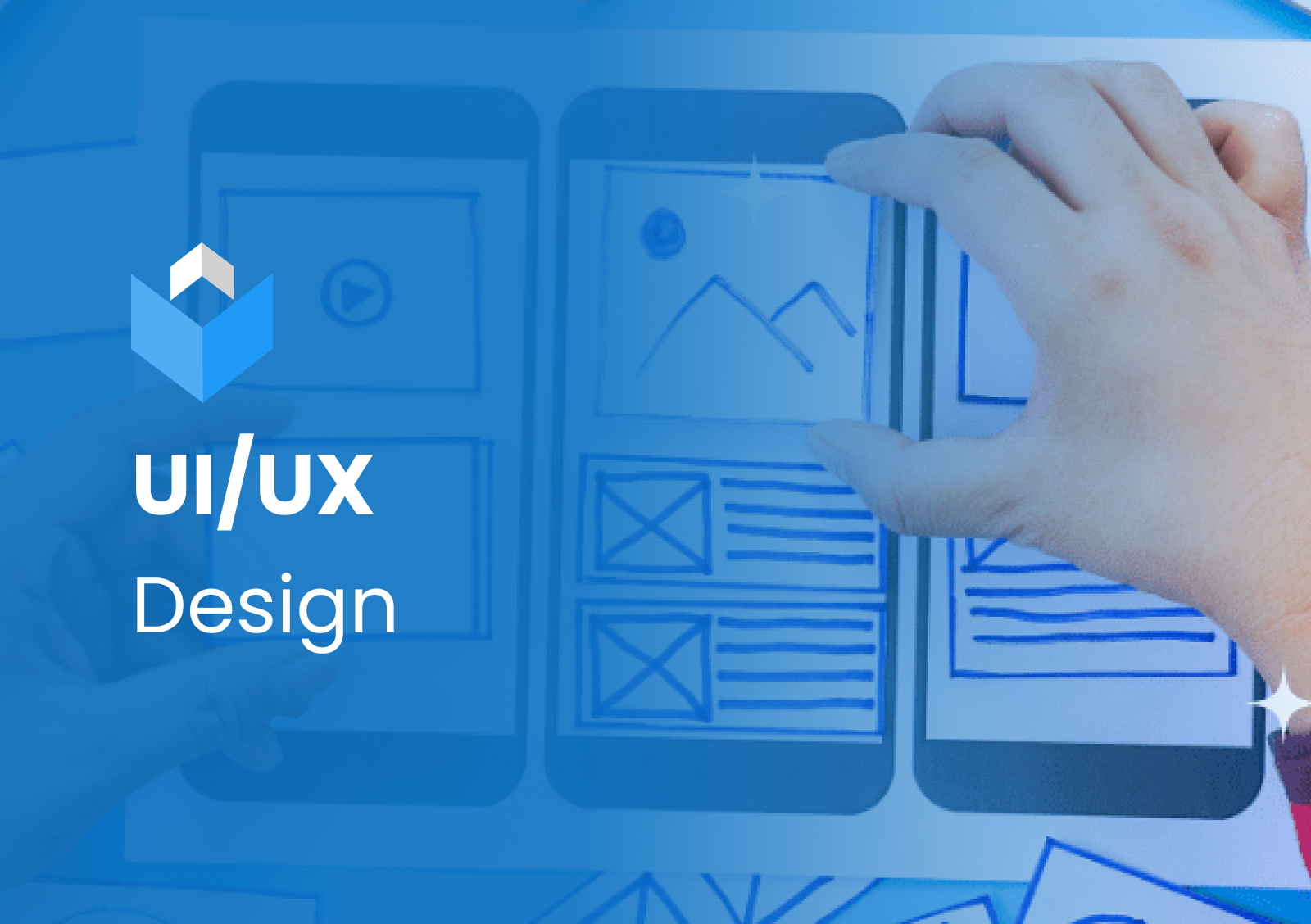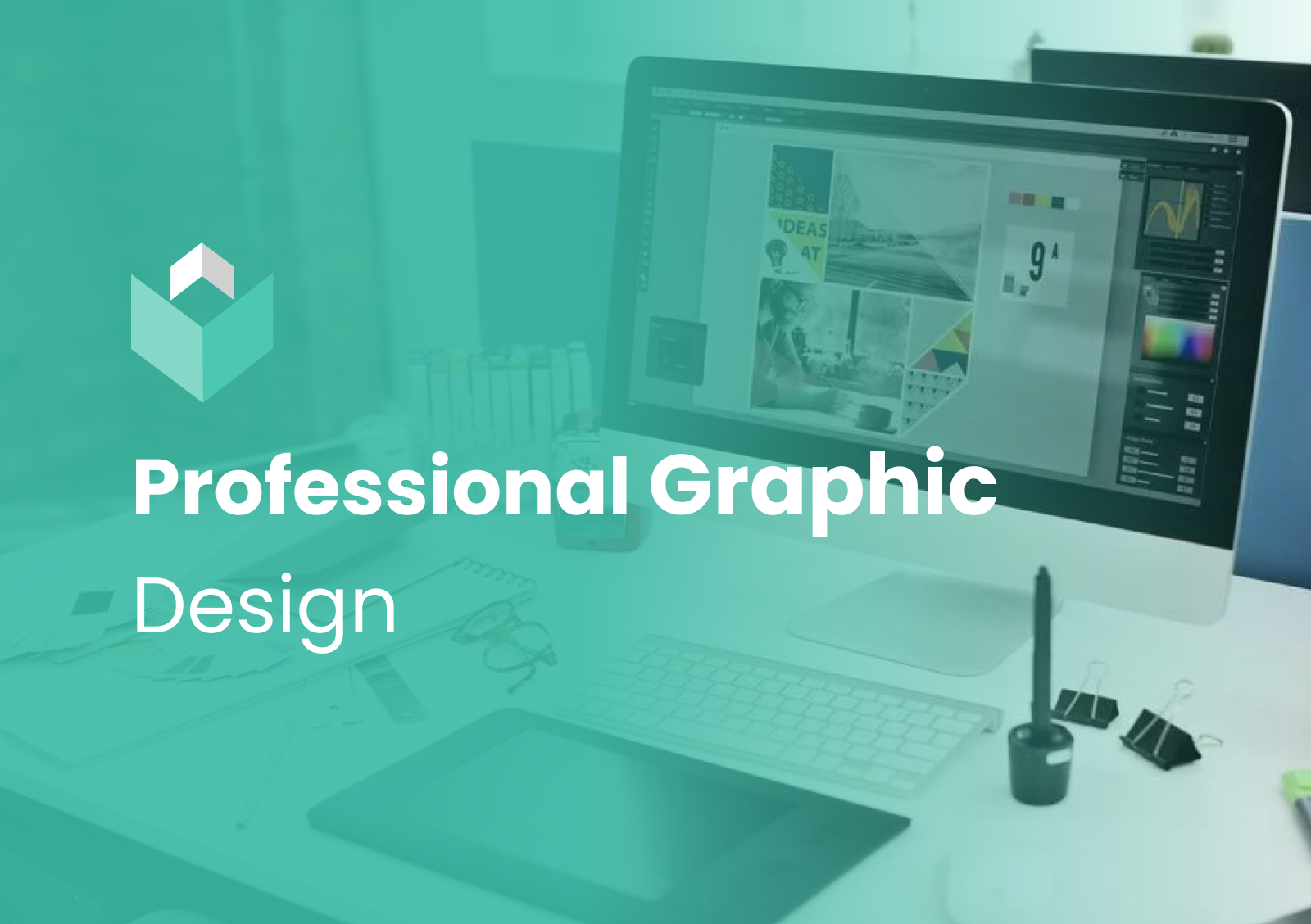Introduction to UI and UX Design
Get an introduction to UI and UX Design and the key methodologies such as Product Design Life Cycle, Double Diamond, and Design Thinking.
- Informational: Welcome to Introduction to UI and UX Design
- Article: What are UI and UX Design?
- Lesson : Key Methodologies of UI and UX Design
- Article: The UI and UX Career Landscape
- Quiz: Introduction to UI and UX Design
Wireframes
Apply design frameworks to create low-fidelity wireframe deliverables.
- Lesson: Wireframes
- Project: Wirecademy: Ridgeline
- Quiz :Wireframes
Prototyping with Figma
Transform low-fidelity wireframes into high-fidelity, interactive prototypes using Figma.
- Lesson: Prototyping with Figma
- Article: Sharing and Exporting Figma Files
- Project: Prototype Ridgeline
- Quiz: Prototyping with Figma
- Informational: Intro to UI and UX Design Next Steps
UI and UX Design Course Module
- Week
-
UX Design Fundamentals
- Understanding human needs & wants
- Deconstructing problems
- Researching competitors
-
Layers & Objects
- Detailed exploration of layers and their hierarchy.
- Organizing layers effectively.
- Smart selection and manipulation techniques.
- Utilizing vector editing tools.
- Hands on: Design an icon or small illustration using vector tools.
-
- Week
-
Product Discovery & User Research
- Conducting User Interviews.
- Deriving insights from user research.
- Building User Personas.
-
Typography and Text Styling
- Understanding text layers and properties.
- Creating and managing text styles.
- Applying typography best practices.
- Text effects and advanced styling.
- Hands on: Design a simple webpage layout with emphasis on
typography.
-
- Week
-
Problem Framing, Ideation & Validation
- Framing problem statements
- Mind mapping solutions
- Validation techniques
-
Colors, Gradients & Styling
- Using the color picker and creating palettes.
- Applying gradients and understanding their properties.
- Utilizing the Styles feature for consistency.
- Best practices for maintaining a cohesive design system.
- Hands on: Design a component with defined color and style
guidelines.
-
- Week
-
Interaction Design
- Creating User flows.
- Creating User flows.
- Building Information architecture.
- Building lo fi and mid fi wireframes.
-
Colors, Gradients & Styling
- Introduction to components and their benefits
- Creating and managing component libraries
- Using instances for scalable designs
- Mastering overrides and variations
- Hands on: Build a simple interactive prototype using components
-
- Week
-
Visual Design Fundamentals
- Mood boarding & Design Systems
- Learning Typography fundamentals Grids
- Prototyping
- Creating links and hotspots for navigation
- Understanding the prototype settings
- Testing and iterating on prototypes
- Hands on: Develop a basic app prototype with interactive elements
-
- Week
-
Visual Design Language
- Understanding UI principles.
- Colors & Patterns.
- Layouts.
-
Animation & Micro interactions
- Micro interactions for enhanced user experience.
- Integrating animations for a polished prototype.
-
- Week
-
Motion Design
- Motion Design Principles.
- Adding animations.
- Creating micro interactions.
- Adaptive & Responsive Design Techniques.
- Introduction to responsive design principles.
- Using constraints for flexible layouts.
- Designing for various screen sizes.
- Tips for efficient responsive design in Figma.
- Hands on: Design a responsive webpage with adaptive
components.
-
- Week
-
UX Design Fundamentals
- Prototyping app screens.
- Advanced prototypins.
- How to do usability testing.
-
Shortcuts & plugins
- Hidden gems and shortcuts in Figme.
- Advanced techniques for power users.
- Integrations with other tools and plugins.
- Addressing common challenges in Figma projects.
- Hands on: Solve a complex design problem using advanced
features.
-
- Week
-
UX Design Fundamentals
- How to build a design portfolio.
- Interview Prep.
- Graduation project submission.
-
Collaboration & Version Control
- Overview of collaboration features in Figme.
- Real time collaboration with team members.
- Real time collaboration with team members.
- Using comments and annotations effectively.
- Version history and best practices.
- Hands on: Collaborate on a small project with fellow learners.
-







